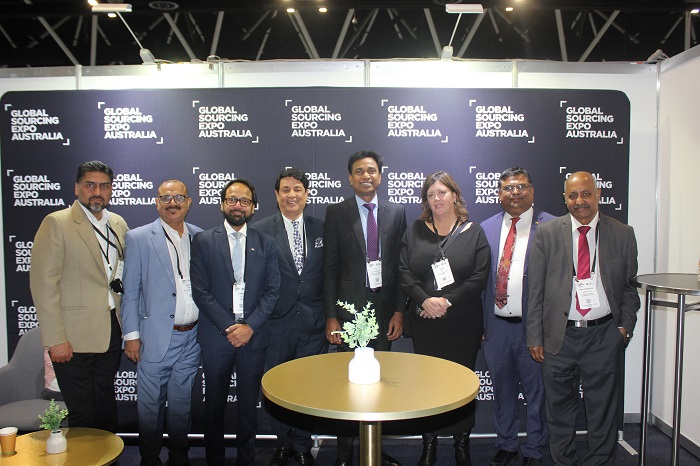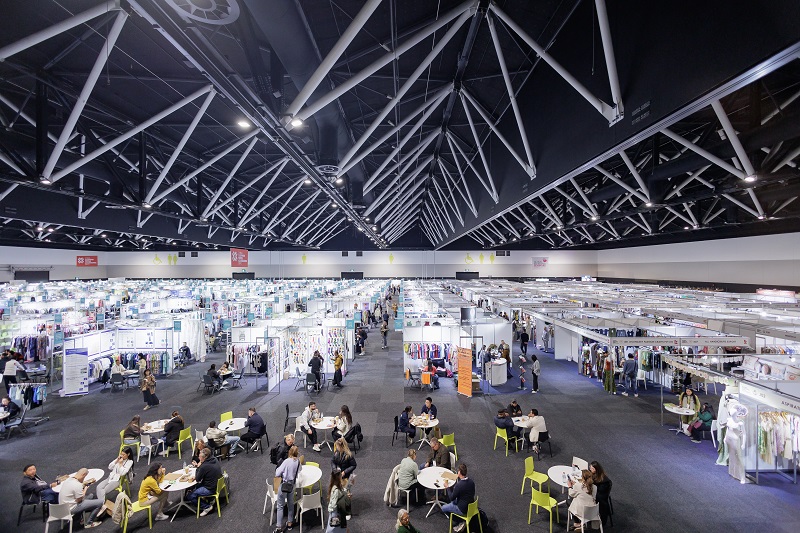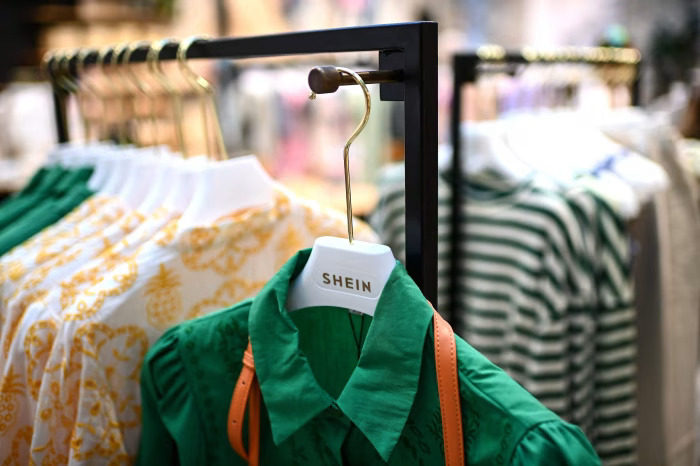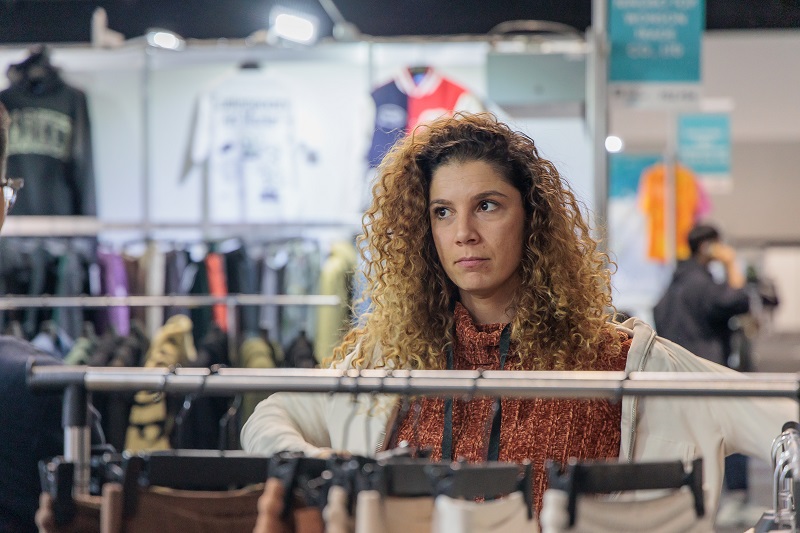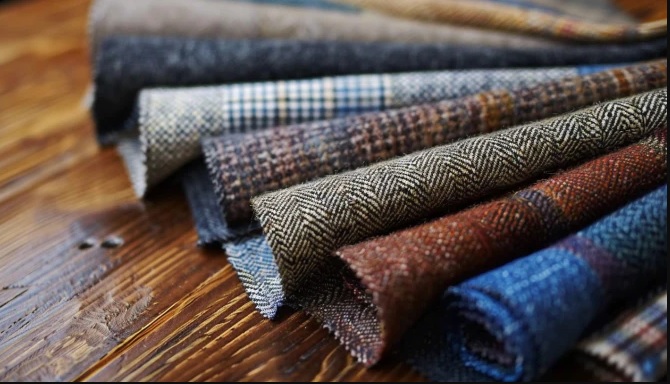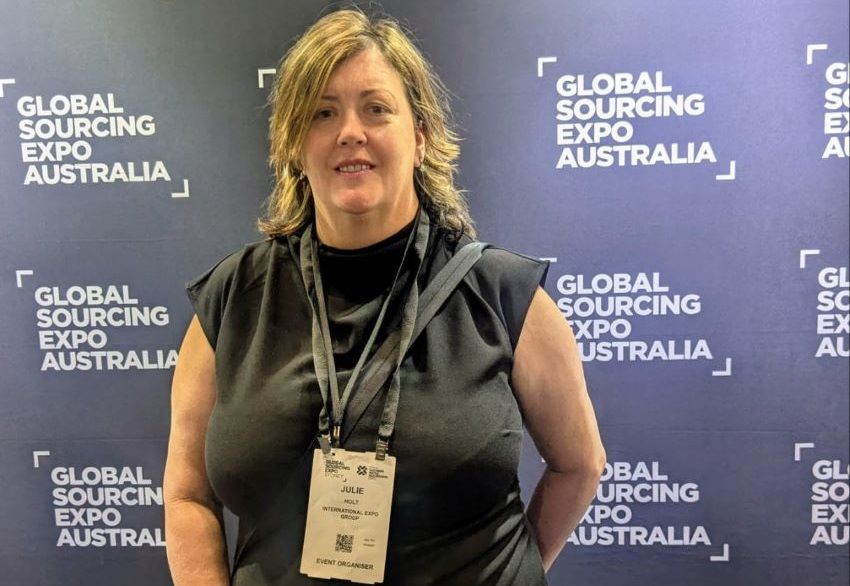"Terry towels coming from the Indian factories accounted for almost 21 per cent of the world market. With another 19 per cent share in the bed linen market, India stands as a quality supplier to the US. Indian products are more focused towards innovation and quality. Visible efforts in quality improvement, innovations through R&D programs, and other value-added features bring a whole new dimension to the Indian products. In turn this resulted in higher profit as compared to other regional producers."

Terry towels coming from the Indian factories accounted for almost 21 per cent of the world market. With another 19 per cent share in the bed linen market, India stands as a quality supplier to the US. Indian products are more focused towards innovation and quality. Visible efforts in quality improvement, innovations through R&D programs, and other value-added features bring a whole new dimension to the Indian products. In turn this resulted in higher profit as compared to other regional producers.
Customised and high-value added products are generally not affected by change in market parameters. As such, there were no exceptional price fluctuations on Indian markets during quota removal period. But such was not the case with other regional competitors’ products, such as China, where prices were cut down significantly favoring buyers.
How does the treaty effect fare?

With the removal of quotas and similar trade barriers, the market is expected to provide new opportunities with evaluations reaching $1.4bn for towels and $1.8 in bed linen. China’s impressive production capacity and its growing strength compelled Europe and US markets to some serious reflections. To bring a halt to massive invasion of their products, EU and US have imposed trade restrictions, which also encourage retailers to review their sourcing strategy through diversification out of China. Now, undoubtedly India has good cards to play. With traders realising the threat of relying on a single manufacturing source such as China, India could do well in proposing a valuable alternative to buyers on the international scene, but this is only possible through an adequate and appropriate development strategy and macro-economic policy.
In that view, many manufacturing companies in India are rushing towards expansion and modernization options. Manufacturers are having recourse to fund raising programs pushing EPS to higher growth, dissolving equity on its way. Business collaborations with foreign players, creation of buying offices and Government’s effort to enhance quality production and export are many visible signs of Indians coming into force on the global market.
Capacity expansion the way ahead
The new opportunities have carried along Indian home-textiles manufacturers in the expansion strategy direction. The Textile Upgradation Fund has helped many such operators to increase capacity during the last three fiscal years. Such expansion strategies have not only had an impact on production volume, also assisted companies in better providing customized products.
The home textile sector is in a good position to activate and encourage developments in the overall domestic textile industry. With more emphasis on product having longer cycles than those average apparels, home textiles manufacturing is more protected than its apparel counterparts. Those wishing to reap the benefits of opportunities have to show good preparatory dispositions as well as willingness to stay on the forefront of the global competition game – without these; we could see regional competition grabbing most of the market share.


